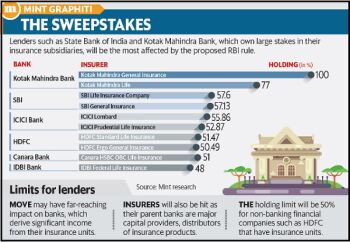
Maruti leaves the worst behind as it drives into Bharat Stage VI transition
Maruti Suzuki India Ltd’s December sales volume seems to signal that the slowdown woes are behind it. Apart from the 3.5% year-on-year (yoy) sales growth, dealer feedback indicates that demand for passenger vehicles is improving and inventory levels are normalising at 4-5 weeks.
Apart from a recovery in demand, there is reason to believe that Maruti will ride the transition to BS-VI emission standards. The company was quick to launch BS-VI variants ahead of the deadline (1 April 2020) after drastic production cuts to rationalise BS-IV inventory both at the company level and with dealers. The steep drop in monthly sales from April till September bears testimony to this (see chart). Further, Maruti is favourably poised even from a product mix perspective. A report by Motilal Oswal Financial Services Ltd said: “The repercussion on passenger vehicles would likely be mixed, with a limited impact on petrol vehicles (2-3% increase) but a high impact on diesel vehicles (8-12%). Therefore Maruti, which has 78% of its sales volumes accruing from petrol vehicles would be least impacted compared to Mahindra and Mahindra Ltd, which has over 90% of its sales from diesel vehicles."
This confidence is mirrored in the stock’s performance. Maruti’s shares have bounced back from its low of ₹5,447 in end-July. It has since rallied 34%, beating benchmark indices, such as the Nifty and the Nifty Auto. Thanks to the recent inventory correction and sales improvement, analysts expect the decline in sales this fiscal year to be contained at 8-10%.
However, this may not necessarily lead to an improvement in profit margins. “Our channel checks show that discounts in December were higher both on a month-on-month (m-o-m) and year-on-year basis to liquidate inventory," said Bharat Gianani, an analyst at Sharekhan.
Besides, competitive intensity is increasing in the passenger vehicle segment. Peers—Hyundai Motor India Ltd, MG Motor India Pvt. Ltd, Kia Motors India Inc. and Tata Motors Ltd—have been aggressively launching new products, especially in the compact utility vehicle segment.
A report by Yes Securities (India) Ltd said that Maruti has lost 180 bps market share between April and November, and is likely to lose another 300 bps by FY22. One basis point is one hundredth of a percentage point.
A combination of discounts and cost pressures may weigh on profit margins in the near-term. So, while it has done well to trim inventory and get ready for the BS-VI transition, it may take a while to achieve the 14-15% operating margins clocked between FY16 and FY18.
With most analysts forecasting 15-17% earnings growth in the next two years, the price-to-earnings multiple of 25 times the estimated FY22 earnings, is expensive. While this reflects investor faith in Maruti’s leadership in the industry, any dip in sales growth could puncture the euphoria on the street.